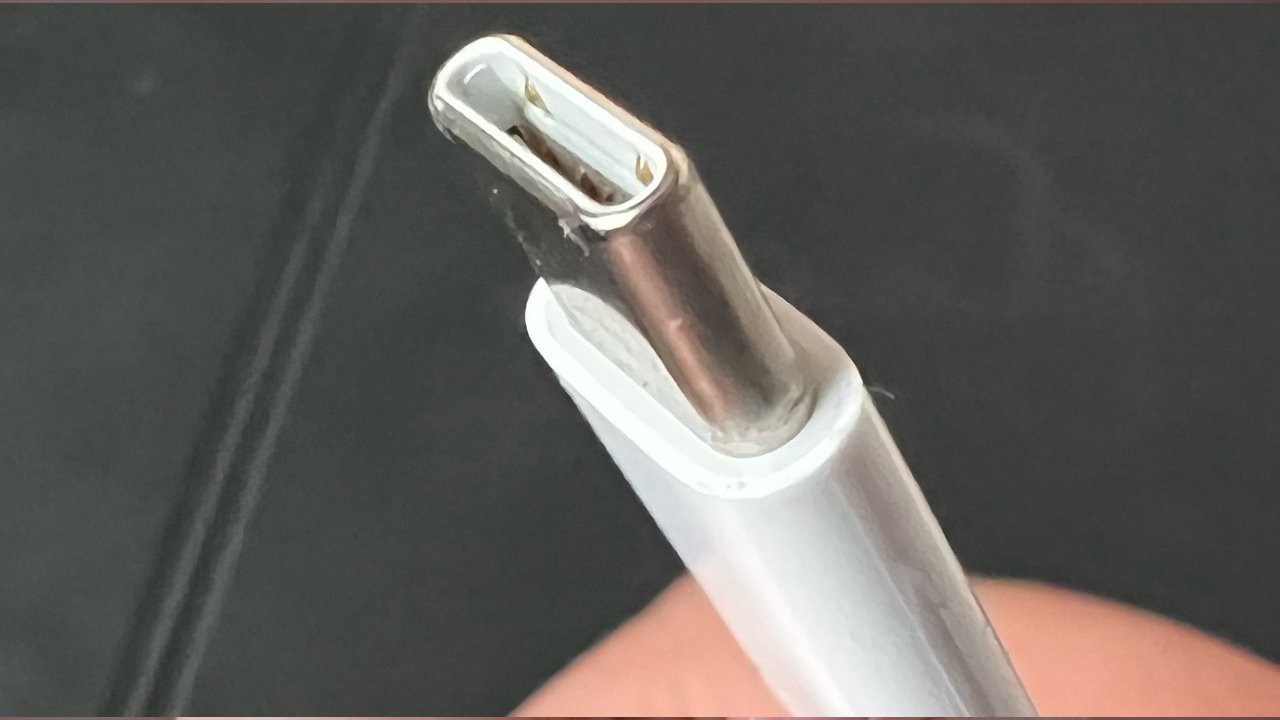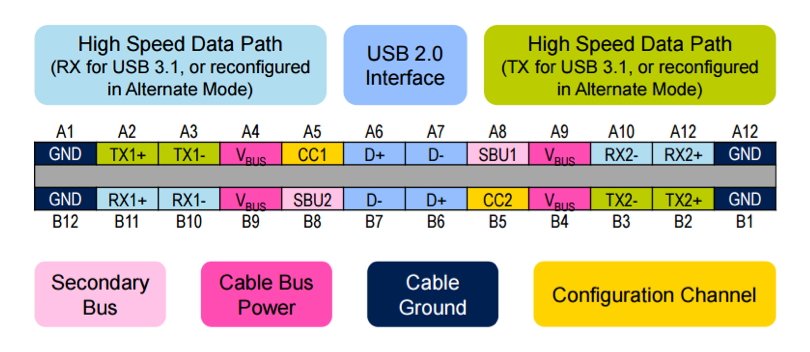Over the weekend, a few third-party Apple vendors in China made the incredibly stupid claim that using Android USB-C cables would destroy your iPhone 15 — which quickly went viral. In actuality, the claim is bogus, and there is no danger.
When the iPhone 15 went on sale, a third-party retailer in Foshan, Guangdong Province was advising customers about "Android USB-C" cables in the iPhone 15. The store pointed out that the one cable had nine pins on one side of the bi-directional cable, versus 11-pins on an another cable. The stores suggested that the different number of pins per side would lead to damage to the iPhone.
This claim is, of course, total nonsense.
The very poor advice by a dealer that wasn't Apple was very quickly picked up by social media and wrongly attributed to Apple itself, in typical social media fashion. And then, it got published by otherwise reputable Gizchina, with little critical thinking applied for reasons known only to the writer and the publication.
The truth of the matter is clear. Both cables exist, and both are in spec. There is no chance of damaging your iPhone with an "Android" USB-C cable, any more than there is to damage an Android phone with an Apple cable.
There are "nine-pin" USB-C cables, but this is in spec
A USB-C cable is not a dumb length of copper that you plug in. It is not the same as the cable from your light to your wall socket, and it's not even close.
In total, there are 24 possible pins on USB-C cables, with 12 on a side of the internal tongue inside the port, and ringing the inside of the cable-end to make it bi-directional. The cables are used not just for data and power transfer, but also as part of the handshake process to regulate data, charging, and alternate modes between a host and a client, or a host and a power source. Not every pin needs to be wired or even present at all on any given USB-C cable.
We're not going to get too deeply into the partially Apple-designed USB-C spec, but it's easy to do if you want. Some USB-C basics are still required to understand why this claim by the third-party vendor is garbage.
Looking at the above diagram, as an example of a cable not needing every pin, a just-USB 2.0 cable doesn't have the pins marked in the light blue and green connected to anything, and there is likely not even contact paths on the connector for them.
Initial USB-C negotiation is also going to prevent damage to a device in the handshake process. During this handshake, the cable communicates back-and-forth what power should be distributed, and what combination of volts and amps should be applied from the charging device to the device that needs power.
During this handshake if the process doesn't provide reliable information on what power to provide, then power won't be transferred.
There are issues with USB-C, with the most prominent one being that it's hard to tell at a glance what any given cable can do. But that's not really relevant here, and the spec is specifically designed to prevent a scenario like the third-party vendor generated to stoke fear — and probably sales.
So, in short, use that "Android" cable without fear. It's not going to hurt your iPhone.
And, frankly, Gizchina should have known better.
 Mike Wuerthele
Mike Wuerthele


-m.jpg)






 Marko Zivkovic
Marko Zivkovic

 Christine McKee
Christine McKee
 Amber Neely
Amber Neely
 Wesley Hilliard
Wesley Hilliard

 William Gallagher
William Gallagher










13 Comments
Sorry my friend I’m colorblind and don’t understand whichever might be blue and which are some other color.
Been using a Leviton wall plate charger with USB-C and Power Delivery, and an Amazon Basics cable to charge my iPad and MacBook Air for over a year now. I charge my iPhone with a Belkin wireless pad. But I'd have no issue with plugging that cable directly into an iPhone 15.
Expect the rumor source, they even had a real fake Apple store there before. So dont be scared
Seems overblown, but because of third-party cable and charger fires, we only buy authentic Apple accessories. And only directly from Apple, because everything on Amazon, Ebay, etc. is suspect. We only get non-powered third party accessories.